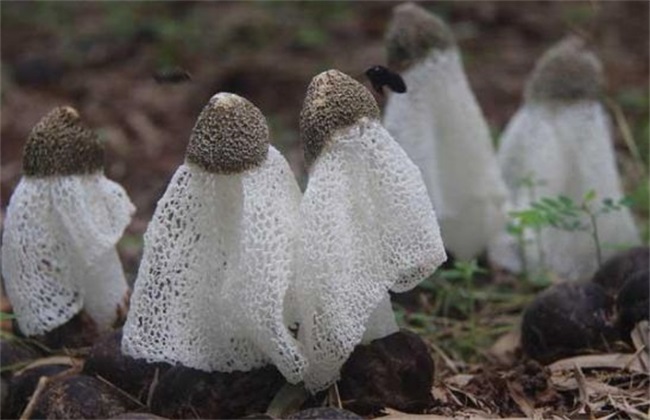Key points of Management of Pepper after transplanting
Pepper cultivation is very common in China, and pepper in our country has a very large market demand, so the planting area is also very large. Transplanting is very important when growing chili peppers. Transplanting method, time and management after transplanting will directly affect the survival rate and yield of hot pepper. So how to transplant hot pepper? How to manage it after transplanting? Let's take a look at it with the editor.

1. Prepare before transplanting
In order to select planting plots before transplanting chili peppers, we must first ensure that there are no eggplant plants for at least three years. Then do a good job of soil preparation and fertilization, and the base fertilizer is mainly rotten farm manure. Attention should be paid to controlling the amount of nitrogen fertilizer to prevent chili peppers from overgrowing. Fully mix the base fertilizer with the soil, turn it about 28 centimeters deep, and then make the whole soil to make the bed. And according to the planting variety to control the planting density and dig the planting hole, the plant distance should be controlled at about 35 cm.
2. Timely transplanting
The transplanting time of pepper should be determined according to the soil temperature, usually when the soil temperature is stable above 15 degrees before and after Ching Ming Festival, and the seedling time of pepper is about one and a half months. Transplanting should not be carried out on cloudy and rainy days, but in warm weather with little wind or no wind. When transplanting, it is best to transplant with soil, and the depth is suitable for invisible seedlings. After planting, the soil should be compacted and covered with a layer of plastic film to improve the heat preservation and moisture retention capacity of the soil.
3. Post-transplanting management
Scientific topdressing
About a week after planting, an appropriate amount of farm manure should be applied, and the amount should be controlled according to the planting area. Then topdressing again every 5 days or so, pay attention to the position of topdressing, away from the base, to prevent fertilizer heat root burning leading to dead seedlings. Then fertilize in combination with soil cultivation, and apply an appropriate amount of ammonium bicarbonate after June. Finally, according to the weather, seedling conditions and other conditions, appropriate fertilizer to meet the nutrition needed for the growth of hot pepper.
Cultivate soil in time
The soil cultivation should be done well after the pepper seedlings are planted in May-June, which should be combined with topdressing for about 3 times. Reduce the water level in the soil and improve the lodging resistance of pepper plants. Then do a good job of weeding in mid-ploughing to prevent soil consolidation, and control the strength and position during mid-ploughing to prevent damage to pepper roots and affect growth. Then do a good job of weeding, concentrate nutrition on the seedlings, and can also reduce the incidence of diseases and insect pests.
Proper shading
Hot pepper is not suitable to grow in the environment of direct sunlight, so we should pay attention to shading after planting. Prevent direct sunlight from burning the leaves and affecting the photosynthesis of the leaves. If the shade is improper, there will be fallen leaves, diseases and insects, pepper and other bad phenomena. As a result, the fruit rate decreased, the weight of single fruit was insufficient, and the yield decreased as a result. Therefore, we should pay attention to maintain half of the shade after planting.
The above is a brief introduction to the key points of pepper management after transplanting. Pepper pre-transplanting preparation, transplanting methods and post-transplanting management are very important, so we must take it seriously! And we also need to do a good job in watering, pest control and so on, which are also essential! That's all for today's introduction. This article is for reference only. Thank you for your reading and support.
Related
- Where is it suitable to grow horseradish in China? it is expected to see the middle altitude horseradish in Alishan.
- How to prevent tomato virus disease reasonably? (Control methods included)
- Many people like to plant towel gourd on the balcony. What are the main points of this method and management?
- What crops can chili peppers be mixed with?
- Fertilization techniques and matters needing attention in Tomato
- What are the grafting techniques for peach seedlings in spring?
- Harm and control methods of root swelling disease of Chinese cabbage
- What are the pests of sweet potatoes? How to prevent and cure it?
- Symptoms, causes and Control methods of navel Rot in Tomato
- The cause of "Cucumber rotten bibcock" in Farmers' planting Cucumber and its Control Plan



